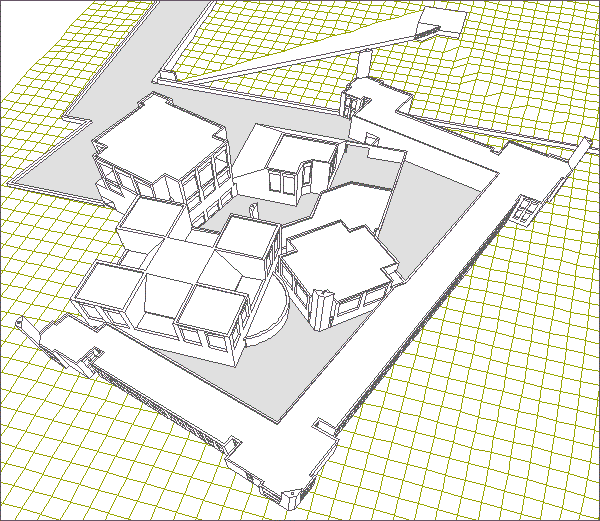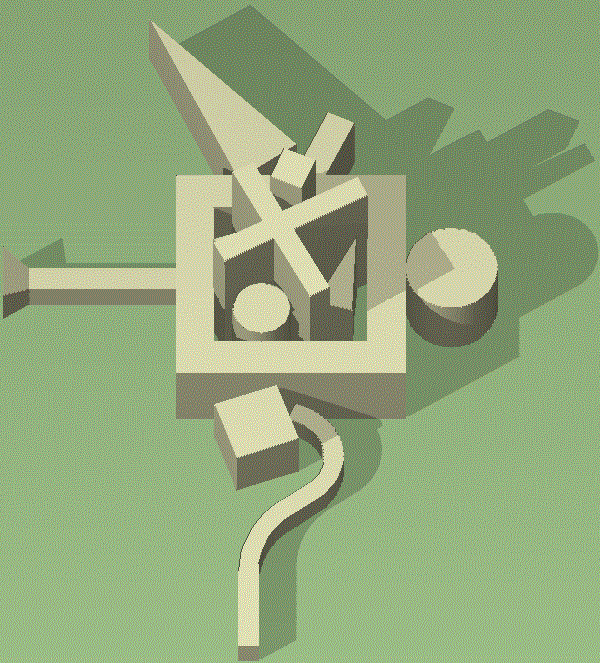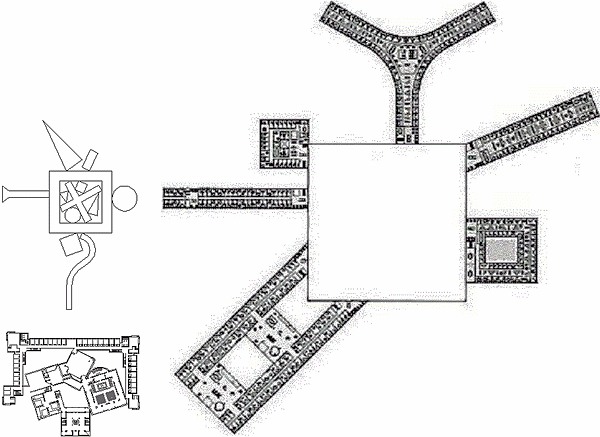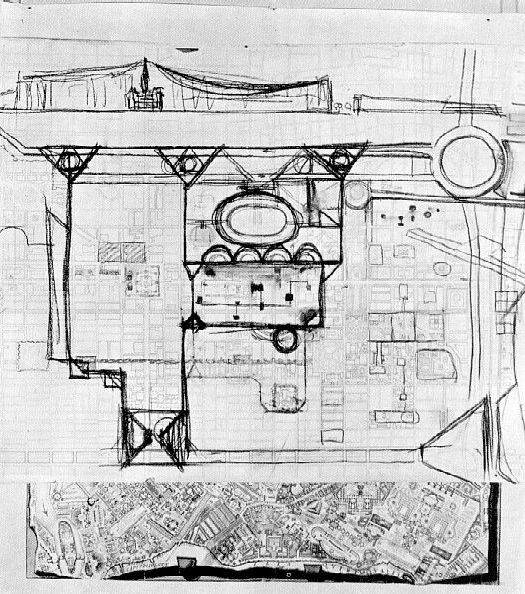2016.09.13 11:31
Celebrity-turned-"designer"-shitting-on-real-architect thread du jour
In the future, everything will be an advertisement.
In the future your whole life will be a phone call.
In the future, everything will be the same difference.
I embrace pop-out-of-it culture.
2016.09.15 14:51
Celebrity-turned-"designer"-shitting-on-real-architect thread du jour
PREFACE
The thoughts which I publish in what follows are the precipitate of philosophical investigations which have occupied me for the last sixteen years. They concern many subjects: the concepts of meaning, of understanding, of a proposition, of logic, the foundations of mathematics, states of consciousness, and other things. I have written down all these thoughts as remarks, short paragraphs, of which there is sometimes a fairly long chain about the same subject, while I sometimes make a sudden change, jumping from one topic to another. --It was my intention at first to bring all this together in a book whose form I pictured differently at different times. But the essential thing was that the thoughts should proceed from one subject to another in a natural order and without breaks.
After several unsuccessful attempts to weld my results together into such a whole, I realized that I should never succeed. The best that I could write would never be more than philosophical remarks; my thoughts were soon crippled if I tried to force them on in any single direction against their natural inclination. --And this was, of course, connected with the very nature of the investigation. For this compels us to travel over a wide field of thought criss-cross in every direction.-- The philosophical remarks in this book are, as it were, a number of sketches of landscapes which were made in the course of these long and involved journeyings.
The same or almost the same points were always being approached afresh from different directions, and new sketches made. Very many of these were badly drawn or uncharacteristic, marked by all the defects of a weak draughts man. And when they were rejected a number of tolerable ones were left, which now had to be arranged and sometimes cut down, so that if you looked at them you could get a picture of the landscape. Thus this book is really only an album.
Up to a short time ago I had really given up the idea of publishing my work in my lifetime. It used, indeed, to be revived from time to time: mainly because I was obliged to learn that my results (which I had communicated in lectures, typescripts and discussions), variously misunderstood, more or less mangled or watered down, were in circulation. This stung my vanity and I had difficulty in quieting it.
Four years ago I had occasion to re-read my first book (the Tractatus Logico-Philosophicus) and to explain its ideas to someone. It suddenly seemed to me that I should publish those old thoughts and the new ones together: that the latter could be seen in the right light only by contrast with and against the background of my old way of thinking.
For since beginning to occupy myself with philosophy again, sixteen years ago, I have been forced to recognize grave mistakes in what I wrote in that first book. I was helped to realize these mistakes--to a degree which I myself am hardly able to estimate--by the criticism which my ideas encountered from Frank Ramsey, with whom I discussed them in innumerable conversations during the last two years of his life. Even more than to this--always certain and forcible--criticism I am indebted to that which a teacher of this university, Mr. P. Sraffa, for many years unceasingly practiced on my thoughts. I am indebted to this stimulus for the most consequential ideas of this book.
For more than one reason what I publish here will have points of contact with what other people are writing to-day. --If my remarks do not bear a. stamp which marks them as mine,--I do not wish to lay any further claim to them as my property.
I make them public with doubtful feelings. It is not impossible that it should fall to the lot of this work, in its poverty and in the darkness of this time, to bring light into one brain or another--but, of course, it is not likely.
I should not like my writing to spare other people the trouble of thinking. But, if possible, to stimulate someone to thoughts of his own. I should have liked to produce a good book. This has not come about, but the time is past in which I could improve it.
Ludwig Wittgenstein
Cambridge,
January 1945.
| |
2016.09.18 18:29
18 September

Louis I. Kahn Dominican Motherhouse of the Sisters of St. Catherine de Ricci 1968

John Hejduk Nunnery 1992

OMA NATO Headquarters 2002
a story about appositions

| |
2016.09.20 12:13
20 September
Whatever he was writing about--Rome in the 15th century, Venice in the 16th century, Piranesi in the 18th century--he was always looking for a battle. If there were two powers he was happy, because the notion of the dialectic was preserved. It was always the opposition between one and another, like Borromini and Bernini. When he was trying to write about an event, he tended to look not so much for a good guy or a bad guy, as for a red and a green, or a black and a white. In a way, then, Tafuri was interested in history because in it he could discover an opposition of characters, a clash of interests, or a war between social groups. It made, by the way, for very good writing. Up to a certain point, by shifting the attention onto this as against that, he could himself create the plot; that of a conflict in the Venice of the 16th century between families, parties, groups, interests. Today we are probably more aware of the meaninglessness of the chain of events, of the effect of chance on history, that time per se doesn't have any more meaning than the one we attribute to it. I often feel we are in this kind of chance-filled period nowadays…
Georges Teyssot, 1999
More directly, the shapes used by Kahn can be found not only in Choisy but also infinitely repeated in the composite photostat of Giovanni Battista Piranesi's map of Rome, drawn by him for his book on the Campus Martius, probably of 1762, which now hangs in front of Kahn's desk.
Vincent Scully, Jr., Louis I. Kahn (New York: George Braziller, Inc., 1962). p. 37.

Viaduct architecture for Philadelphia, Pennsylvania. 1962. Louis I. Kahn. Plan drawn over Piranesi's plan of the Campus Martius.
Did Kahn first see the Ichnographia Campus Martius within Hegemann/Peets' Civic Art?
Is it indeed the Ichnographia Campus Martius that is behind the change (of style/plan) from Kahn's 1956-57 Civic Forum to 1961-62 Market Street East?
|